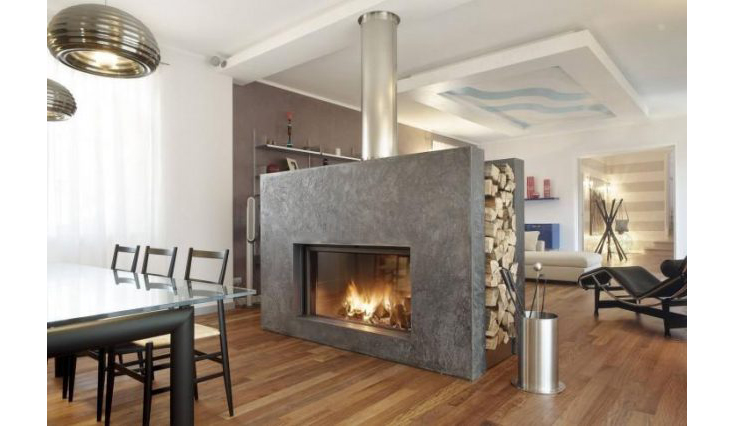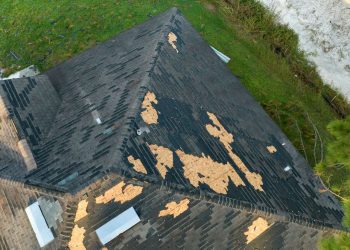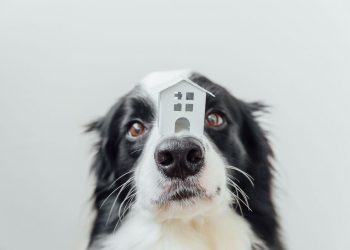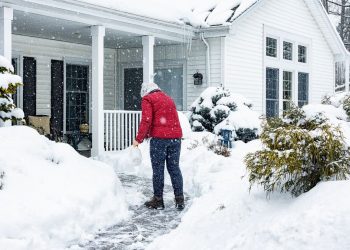One feature that many people look for when buying a home is a fireplace, but not everyone understands what exactly goes into getting a nice fire roaring.
Knowing the terms can help. For instance, the fireplace’s flue allows smoke to move through the chimney, and the damper is an opening you can adjust to control the intake of air and temperature of the fire. And don’t forget, the flue needs to be open before a fire is first lit.
Of course, you’ll need to gather some wood to burn, which can be done by contracting with a provider of seasoned firewood, who will deliver and even stack it for you, or you can simply buy firewood at your local grocery store. Also, try searching Craig’s list for free firewood in your neighborhood.
Firewood should be stored in a dry place so that it’s ready to burn. Never use wood from trees that have just been cut down, even if you have a bunch of it in your backyard from a fallen tree. That wood will most likely contain high levels of moisture that will result in more smoke than burn power, and it could lead to deposits forming on the inside of the chimney.
Once you get your fire going, use a mesh metal screen or glass fireplace door to keep errant embers from shooting out. This sort of protection in front of an open flame is especially important when the room is unoccupied.
It’s always a good idea to close your fireplace down when you’re done for the season. This can be done by removing all the burnt wood and debris and washing any soot that is visible. Use a vacuum cleaner to pick up ashes from around the opening.
Spring and summer are also great times to get your fireplace and chimney cleaned and inspected by an expert. Chimneys can get dirty quickly, as creosote, a highly flammable substance, can build up inside your flue lining. Animals also like to build nests in chimneys, and leaks and cracks can happen.
Doing this off-season can ensure you’re prepared for the next crisp day when you’re ready to enjoy another evening by the fire.











